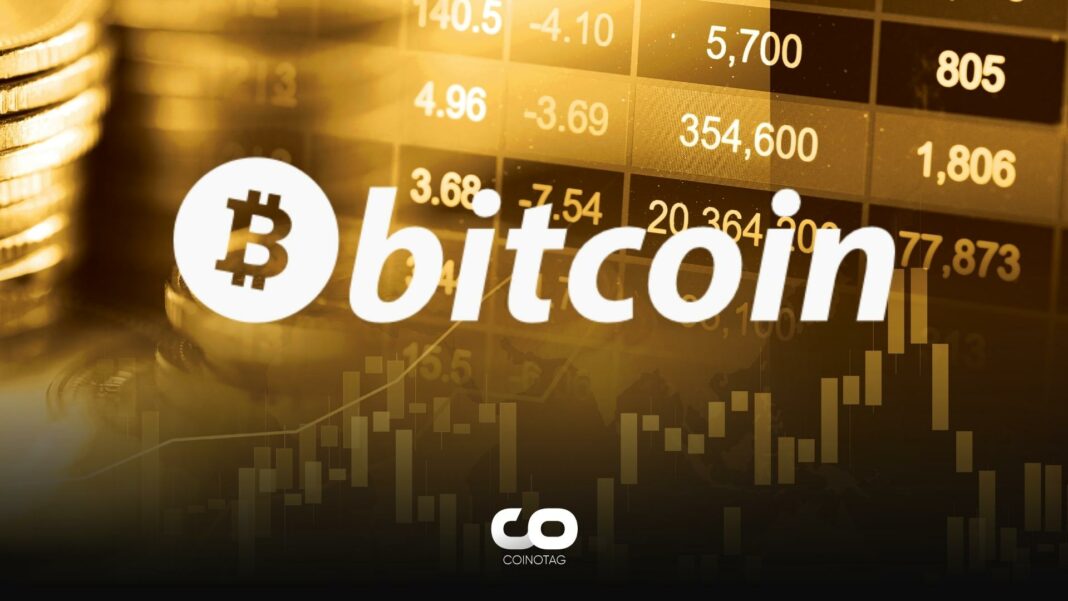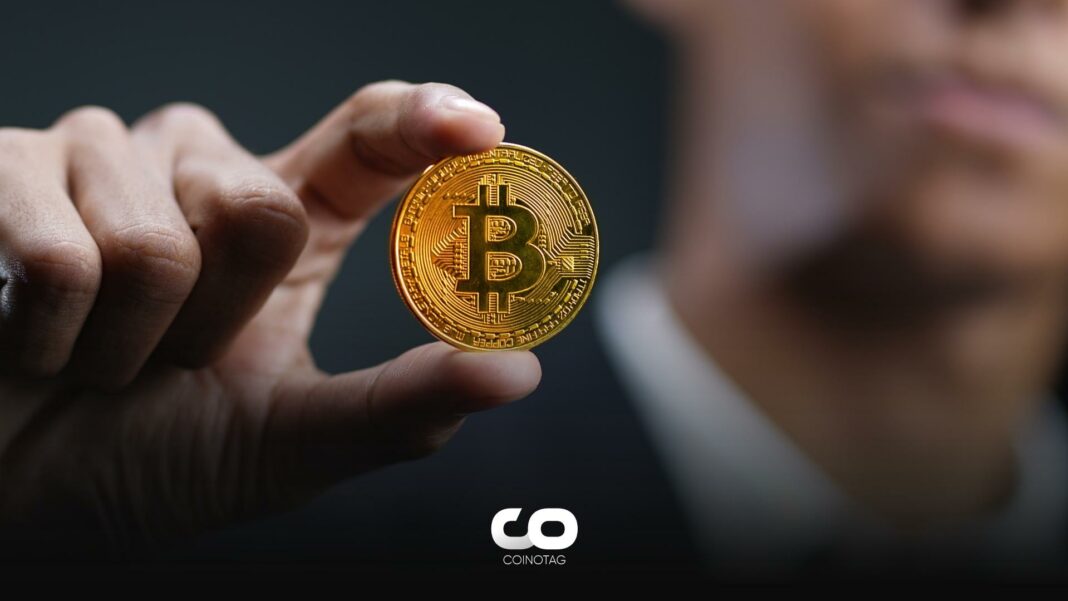- Halving is generally considered positively because it is believed to increase the potential scarcity of BTC and support supply-demand dynamics.
- Bitcoin halving occurs every four years or every 210,000 blocks. During this event, block rewards for BTC mining are reduced by 50%.
- Duong pointed out that the upcoming halving event will be accompanied by an increase in global liquidity, which will obscure the clear impact on Bitcoin’s price movement.
Coinbase, the largest cryptocurrency exchange in the United States, discussed the price impact of the Bitcoin Halving event in a published report.
What Will Be the Impact of Bitcoin Halving?
A new report from Coinbase, the largest cryptocurrency exchange in the United States, revealed that the impact of Bitcoin halving on asset performance is still unclear due to various external factors influencing the market behavior.
Halving is generally considered positively because it is believed to increase the potential scarcity of BTC and support supply-demand dynamics. However, to understand the market’s reaction clearly, it is necessary to separate the movements of the US dollar, interest rates, and the effects of global liquidity.
Bitcoin halving occurs every four years or every 210,000 blocks. During this event, block rewards for BTC mining are reduced by 50%. The first halving occurred in 2012, and the fifth halving is expected to take place between April and May 2024. The upcoming halving will reduce BTC’s block rewards from 6.25 BTC to 3.125 BTC.
David Duong, the Head of Institutional Research at Coinbase, explained in the report that evidence of the market’s reaction is still limited due to only three halving events occurring, as they all coincided with significant monetary and financial developments.
In 2012, the Federal Reserve Board began purchasing mortgage-backed securities and long-term Treasury bonds for the third round of quantitative easing (QE3). When the second halving occurred in 2016, Brexit caused financial concerns in the European Union and the United Kingdom, leading to increased BTC purchases. In 2020, during the third halving, central banks and governments responded to the COVID-19 pandemic with “extraordinary stimulus measures,” increasing global liquidity.
Increase in Global Liquidity Can Obscure Price Movement
Duong, the Head of Institutional Research at Coinbase, emphasized that eliminating the impact of global liquidity on Bitcoin’s price movement would provide a clear picture of the asset’s performance in different economic regimes.
Highlighting the approaching next halving, Duong stated that the increase in current global liquidity would obscure the clear impact on Bitcoin’s price movement, as the crypto market has been monitoring global liquidity movements since the negative market events in May-June 2022.
The Coinbase research head added, “We believe that the next Bitcoin halving could have a positive impact on the token’s performance. However, limited supporting evidence indicates that this relationship is still somewhat speculative.”






